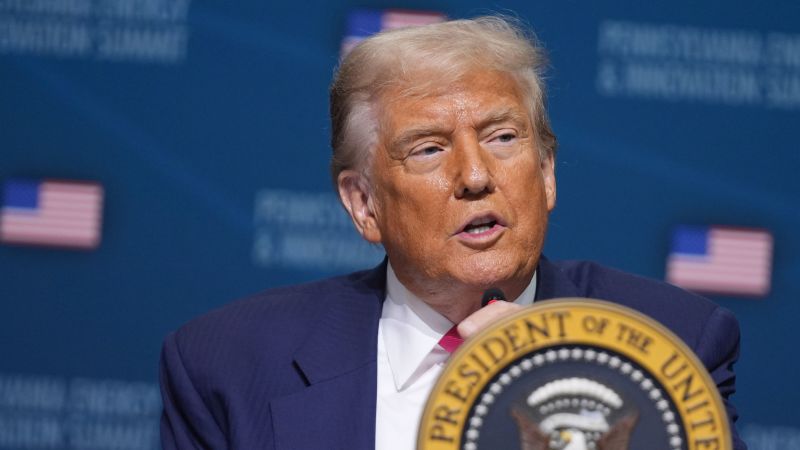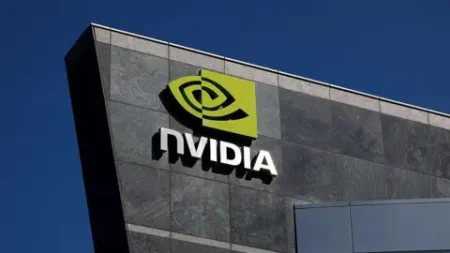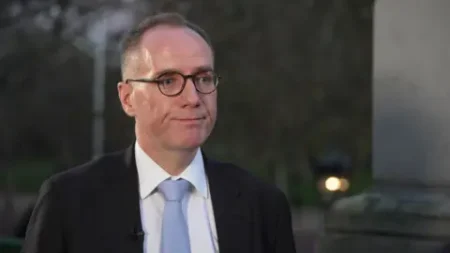On Wednesday, the Trump administration made headlines by announcing a comprehensive AI action plan that aims to secure the United States’ position as a global leader in artificial intelligence technology. This initiative is regarded as critical not only because AI is seen as the next revolutionary technology—on par with the internet—but also due to its potential influence over economic growth and national security measures.
The announcement highlights the administration’s strategic goals aimed at fostering innovation while reducing the regulatory burdens that might hinder AI advancement. The White House’s vision encompasses several specific aims, such as removing what it terms “bureaucratic red tape” that could obstruct the development and deployment of AI technologies. This push is designed to attract investment in AI infrastructure by collaborating with both the private sector and academic institutions, ensuring the U.S. remains at the forefront of technological advancements.
A central component of the AI action plan comprises three essential pillars: accelerating innovation, establishing robust AI infrastructure, and promoting American-made hardware and software as the global standard for AI systems. In an effort to enhance national competitiveness in AI, the plan also reflects an intent to ensure that any large language models bought through federal contracts are “objective and free from top-down ideological bias,” which is a noticeable distinct feature within the broader framework of AI regulations.
David Sacks, appointed as the White House AI Czar, underscored the competitive nature of AI on a conference call, proclaiming, “It’s a global competition now to lead in artificial intelligence.” He emphasized the importance of keeping America ahead in this race, especially with China emerging as a considerable competitor. The developmental trajectory of AI technology, Sacks noted, possesses the potential for sweeping implications across both economic and national security domains.
In conjunction with these policy initiatives, Trump is set to elaborate on his AI strategies during an event known as “Winning the AI Race.” This gathering will feature notable figures from the tech industry, including Sacks and others, and aims to draw attention to the pressing need to cultivate a competitive edge in advanced technologies. The collaboration extends beyond mere announcements; it aims at forming partnerships to create integrated AI “export packages” that include essential software, hardware, and models to be shared with allied nations.
However, this proposed deregulation has ignited a debate among lawmakers and tech entrepreneurs about the appropriate balance between fostering innovation and ensuring public safety. Following his entry into office, Trump reversed executive restrictions instituted by former President Biden, which previously aimed to impose frameworks guiding responsible AI use.
While some within the tech sector argue that regulatory measures at the state level could impede the rapid advancement and implementation of AI technologies, others advocate for the necessity of safety regulations to safeguard societal interests. The AI action plan suggests a nuanced approach, proposing that federal funding for AI initiatives take into consideration a state’s regulatory climate surrounding AI, thereby acknowledging the complex interplay between innovation and oversight.
Responses to the action plan have varied significantly across the political spectrum, with critics asserting that prioritizing the tech industry’s immediate gains could jeopardize safeguards that should be established to protect individuals from potential AI misuse. Notable organizations, including labor unions and privacy advocates, are uniting in advocacy of a counter-proposal termed the People’s Action Plan, signifying community concerns regarding job loss and the ethical implications of AI technology in everyday life.
Further adding to the intricacy of implementing the proposed plan are concerns regarding the feasibility of establishing metrics to evaluate “bias.” As Oren Etzioni, former CEO of the Allen Institute for Artificial Intelligence, highlighted, the introduction of such standards might create obstacles that could slow down technological advancements or lead to compliance challenges for developers.
With committed investments, such as the $500 billion AI infrastructure project collectively involving industry leaders like Sam Altman from OpenAI, and tech giants shifting their operations back to the U.S., Trump’s administration is pursuing an ambitious agenda aimed at solidifying America’s prominence in the global AI landscape. However, while advocating for innovation, the administration must also navigate public concerns surrounding AI’s impact on the job market, ethical applications, and accountability within the tech sector.
As the urgency to outpace China in AI developments intensifies, the balancing act of encouraging rapid innovation while maintaining safety safeguards proves to be an ongoing challenge on Capitol Hill, continuously fostering dialogue among industry leaders, policymakers, and concerned citizens alike.











